Rivet Welding and Rivet Welding Processing: Process Details and Application Guide
Riveting technology is an indispensable process method in the machine building, aerospace and automotive industries for its unique joining advantages.
Riveting is a type of electric welding that is divided into cold riveting and hot riveting. Cold riveting means joining with rivets, whereas hot riveting involves melting the joining parts of two metals together at a high temperature. This process is particularly suitable for joining parts made of different materials, where one part has a riveting post that extends into a hole in the other part, and then by the cold flow or melting of plastic, the post is deformed to form the head of the rivet, which mechanically locks the two parts together.
01 Basic principles and classification of riveting and welding processes
The rivet welding process can be divided into several types depending on its working principle and heating method. Each type has its specific application scenarios and advantages.
Hot rivet welding is one of the most common forms. In hot rivet welding, the compression weld head heats up, so less pressure is required to form the rivet head on the rivet post and less residual stress is created in the rivet head. This process can be applied to a much wider range of thermoplastic materials than cold rivet welding, including glass-filled materials, where the typical weld cycle is 1 to 5 seconds.
Unlike hot rivet welding, cold rivet welding deforms the rivet post by applying high pressure. This method is only suitable for plastics with good ductility, as the cold flow causes large stresses in the area of the rivet post.
As technology evolved, more advanced riveting methods emerged:
Hot Air Rivet Welding: The rivet post is heated by means of a stream of superheated air, which transfers heat through the air tubes surrounding the rivet post. A separate cold welding head is then lowered to compress the rivet post.
Ultrasonic Rivet Welding: Utilises ultrasonic energy supplied by the weld head to melt the rivet stud. Under constant pressure from the weld head, the melted rivet material flows into a cavity within the weld head to form the desired rivet head design. Typical weld cycles for this method are less than 2 seconds and can be performed with a hand held weld head.
02 Key technical parameters for riveting and welding processes
The quality of the riveting process is significantly affected by a number of technical parameters. In Impact riveting technology, due to the complexity of the internal mechanical connection structure, and the high requirements of internal and external conditions during nailing, it is easy to lead to unstable riveting quality and high maintenance costs.
Optimisation of process parameters is the key to improve the quality of riveted joints. It has been shown that the riveting process can be optimised by studying the parameters such as screw speed, feed rate and monitoring the setting values through orthogonal tests. For example, in the case of 1.2 mm RC5754+3.5 mm 6082-T6 aluminium alloy sheet, the optimum combination of process parameters for the hole forming stage and the corresponding maximum downforce of the rivet gun can be obtained by optimising these parameters.
The general technical requirements for riveting are also very strict. In the case of aluminium alloy pressure vessels, for example, the amount of misalignment of longitudinal welds and transverse butt welds of the cylinder needs to comply with specific regulations. Considering the factor of milling bevels and welding shrinkage after shearing, the cylinder needs to be reserved with appropriate length and width direction allowance (e.g. 6mm) before riveting and welding.
The choice of welding parameters has a decisive influence on the final quality. Take aluminium alloy cylinder welding as an example:
The outer longitudinal seam of the cylinder can be plasma welded, using ER5356 wire with a diameter of 1.6 mm, an arc voltage of 19 to 25 V, a welding current of 270 to 300 A and a welding speed of 12 to 15 cm/min.
The longitudinal seam in the cylinder can be hand TIG welded using ER5356 wire with a diameter of 1.6 mm, an arc voltage of 15~20 V, a welding current of 320~380 A and a welding speed of 15~20 cm/min.
03 Examples of the application of riveting welding in different industries
Riveting technology is widely used in many industrial fields due to its unique advantages. The automotive industry is one of the most important applications of riveting technology, and Impact riveting technology is a common joining technology in automotive welding shops. By optimising the Impact equipment in terms of internal connection modification, rivet gun classification management, maintenance strategy modification, test link management, etc., it can effectively reduce the quality problems such as broken nails in the field, improve the overall efficiency of the equipment (OEE), and reduce the daily maintenance costs.![图片[1]-铆焊与铆焊加工:工艺详解与应用指南-大连富泓机械有限公司](https://cndlfh.com/wp-content/uploads/2025/06/QQ20250627-201220.png)
The riveting and welding process also plays an important role in the manufacture of pressure vessels. Taking 5083 aluminium alloy pressure vessel as an example, this alloy has corrosion resistance, better processing performance and welding performance, as well as light weight and high specific strength, so it is widely used in the high-voltage switch industry.
Through reasonable riveting and welding sequence, deformation can be effectively controlled to ensure product quality.
Other important areas of application include:
Telecommunications industry: plays an important role in the manufacture of communications equipment.
Electronics industry: especially the manufacture of printed circuit boards.
Medical equipment: areas where precision and reliability are critical.
Consumer goods: Widely used in the production of a variety of everyday consumer goods.
04 Expertise in quality control of riveted welds
Achieving high quality riveting and welding processes requires strict control in a number of areas. The choice of riveting and welding sequence has a significant impact on product quality. In the case of aluminium alloy shell manufacturing, for example, different riveting solutions can lead to different results.
By comparing the three options, it is found that option 2 with step-by-step riveting and welding can achieve the highest personnel utilisation and equipment utilisation, the shortest working time, and reduce one calibration process. Under this scheme, the difference of the inner diameter size after welding Dmax-Dmin≤3 mm, which can meet the design requirements and installation requirements.
Non-destructive testing is an important means of ensuring the quality of riveted welds. For pressure vessels and other critical equipment:
Class A welds (e.g. Weld A1, A2) should be X-rayed 24 hours after welding.
Category C and D welds (e.g. welds C1, C2, C3, D1) should be colour tested 24 hours after welding.
The test results should be in line with the relevant industry standards (such as JB/T4730 weld Ⅰ standard).
Pressure testing is the final stage in verifying the quality of the rivet weld. According to the design requirements, the welded tank needs to be held under a specific water pressure (such as 1.2 MPa) for a certain period of time (such as 5 minutes) for leakage testing. Qualified containers should have no water leakage, no obvious deformation and sound, and the actual pressure resistance needs to meet the design requirements.
05 Common problems and solutions of riveting and welding processing
Various problems may be encountered during riveting processing, and unstable riveting quality is one of the more common problems. The problem of unstable riveting quality of Impact riveting technology can be solved through the optimisation of the internal connection modification of the equipment, the hierarchical management of the rivet gun, the amendment of the maintenance strategy and the management of the testing session.
Welding distortion is another common challenge. Distortion can be reduced by choosing the right sequence of riveting and welding. For example, Option 2 (assembling the mother cylinder and mother cylinder flange first, welding C1 and C2; then assembling the stub cylinder and stub cylinder flange, welding C3; and finally assembling the two welded monolithic parts, welding D1) provides better control of distortion compared to other options.
Solutions to the broken nail problem include:
Perform internal equipment connection modifications to improve equipment stability.
Implementing rivet gun grading to ensure the use of appropriate rivet guns.
Revise maintenance strategies to regularly inspect and maintain equipment.
Strengthen the management of testing sessions to identify and resolve problems in a timely manner.
06 How to choose a professional rivet machining service
There are several factors to consider when choosing a professional rivet machining service. Technical capability is the primary consideration. A professional rivet machining service provider should have a diverse range of riveting equipment and techniques that can handle different materials and product requirements. They should be aware of the advantages and disadvantages of different riveting processes and be able to recommend the most appropriate solution for the customer’s needs.
Quality assurance system is another important point to consider. Reliable service providers should have well-established quality control processes, including full process quality control from raw material inspection to finished product testing. They should use standard non-destructive testing methods (e.g. X-ray testing and colour testing) to ensure product quality.
Experience and expertise considerations include:
Service provider’s experience in specific industries (e.g. automotive, pressure vessels, etc.).
In-depth understanding and ability to optimise riveting and welding process parameters.
Ability to solve common riveting problems, such as distortion control and nail breakage problems
The ability to provide comprehensive test reports and certifications ensures that products comply with relevant industry standards.
As the manufacturing industry develops in the direction of lightweight and high strength, the riveting technology is also progressing. Modern riveting processing has been automated and intelligent upgrade, through orthogonal tests and parameter optimisation, can accurately control the quality of riveting, while providing a reliable basis for the selection of robots on the production line.
When choosing the right riveting processing service, it is important to look at the supplier’s quality control systems and industry experience to ensure that they are able to provide standards-compliant hot riveting, cold riveting or ultrasonic riveting solutions

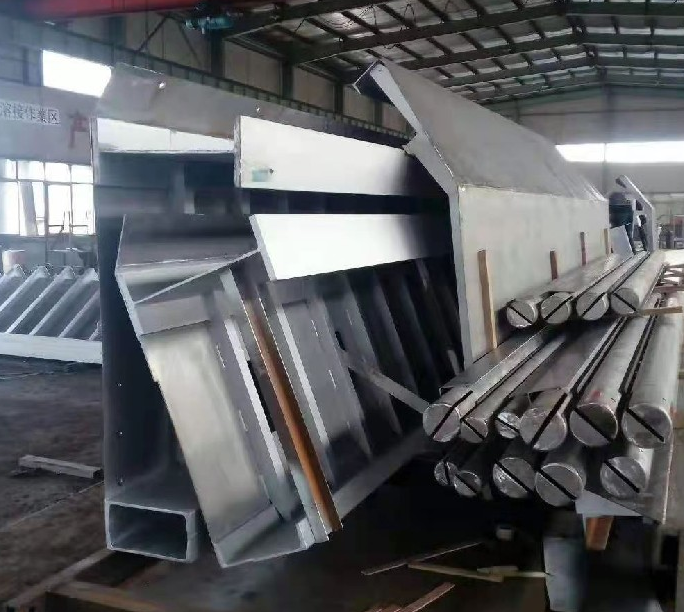


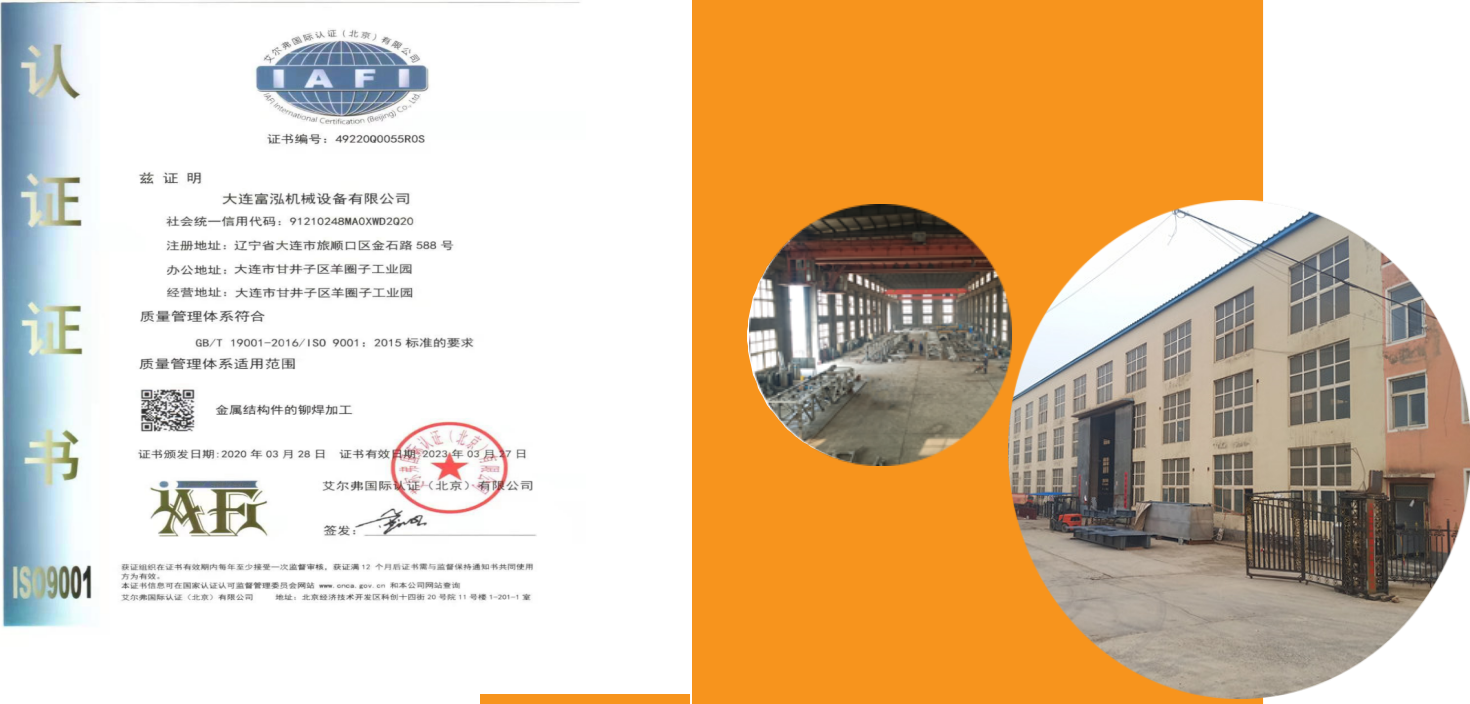
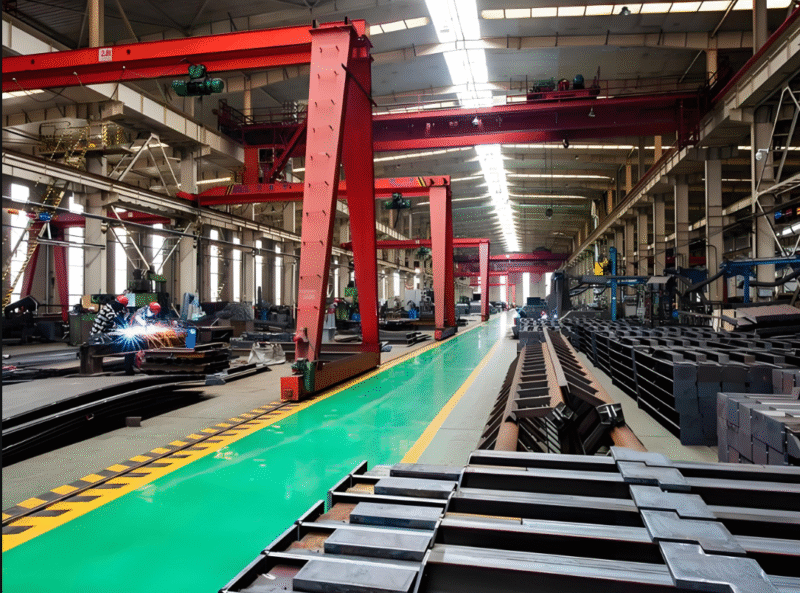

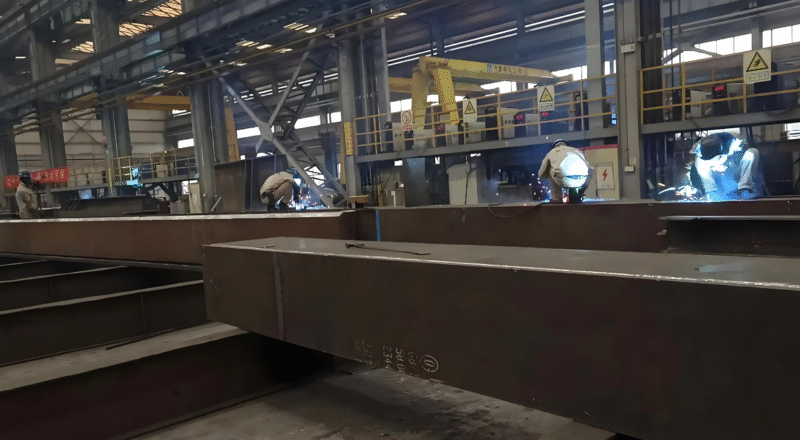
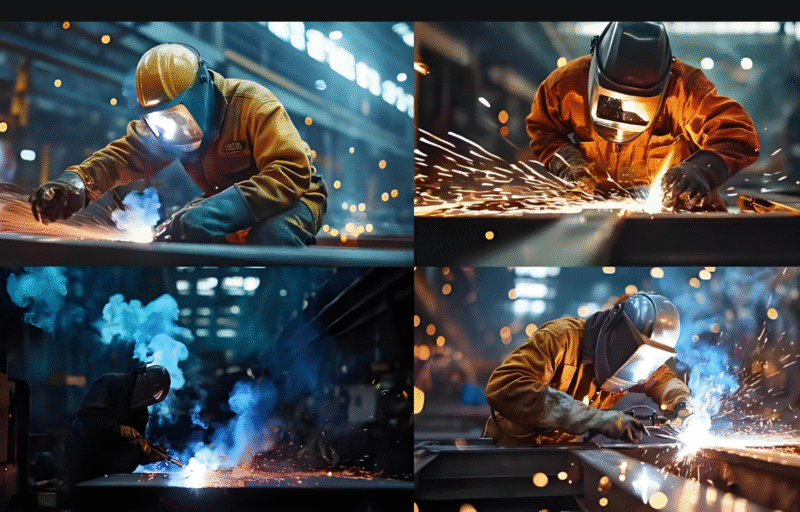

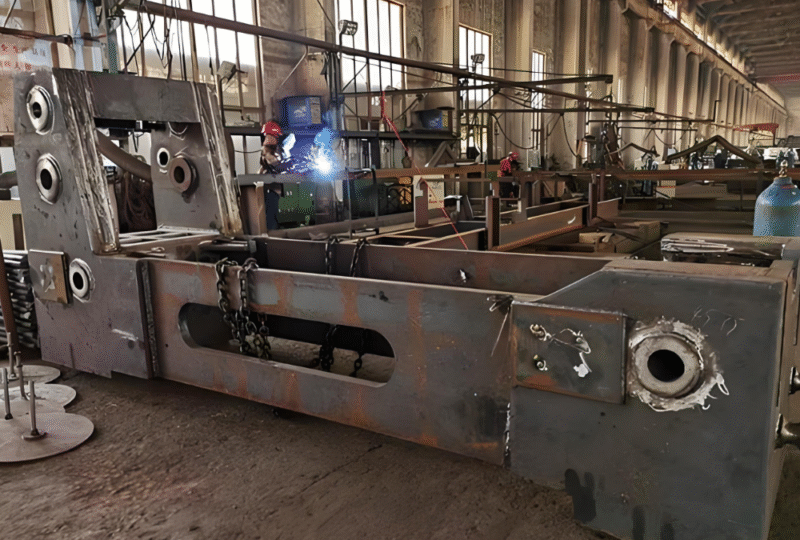

暂无评论内容